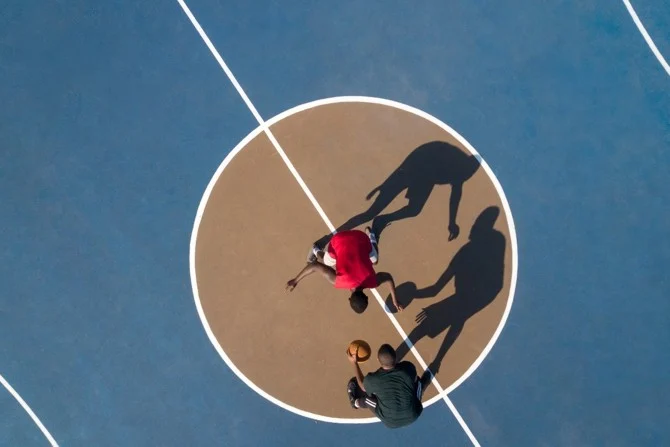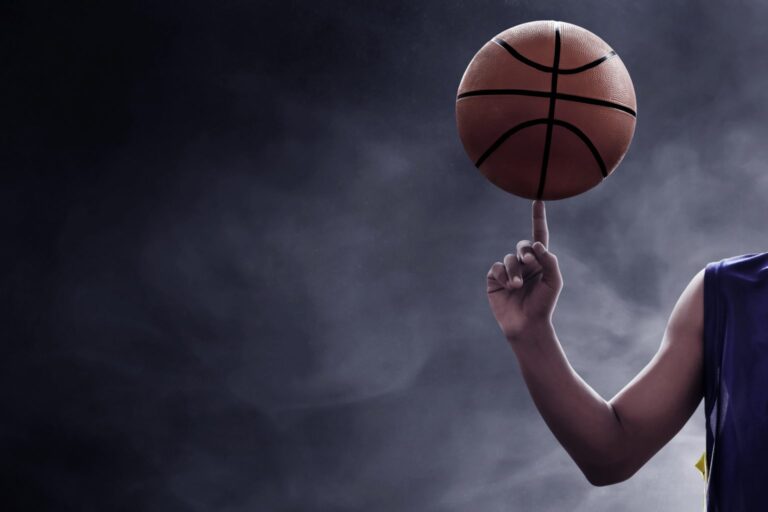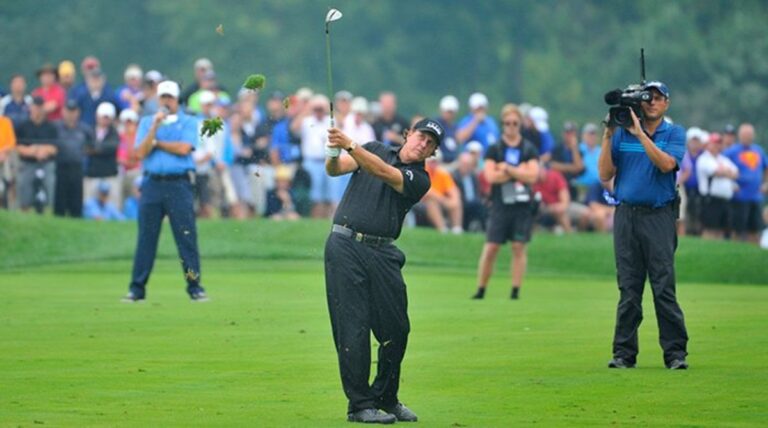
Basketball is much more than just scoring points—it’s a fast-paced, highly strategic game where each player on the court has a specific role. Understanding basketball positions is essential whether you’re a beginner trying to learn the game or a fan looking to deepen your knowledge.
In this article, we break down the five main basketball positions from point guard to center—explaining their responsibilities, key skills, and how they fit into team strategies.
The Five Key Basketball Positions
1. Point Guard (PG) – The Floor General
Primary Role:
The point guard is the team’s primary ball handler and playmaker. Often referred to as the “coach on the floor,” the PG is responsible for directing plays, managing the shot clock, and setting the pace of the game.
Key Skills:
- Excellent dribbling and passing
- Court vision and decision-making
- Leadership and communication
- Perimeter shooting
Court Strategy:
The point guard brings the ball up the court, initiates offensive plays, and frequently assists teammates in scoring. On defense, they guard opposing guards and apply pressure on the ball.
2. Shooting Guard (SG) – The Scoring Specialist
Primary Role:
The shooting guard is typically one of the team’s best scorers. They’re known for their ability to shoot from long range, penetrate defenses, and create scoring opportunities.
Key Skills:
- Sharp shooting from 3-point and mid-range
- Quick cuts and off-ball movement
- Ball handling for driving to the basket
- Strong perimeter defense
Court Strategy:
The SG often plays off the ball, using screens to get open for shots. They must also support the PG in ball handling and contribute defensively by guarding opposing wings.
3. Small Forward (SF) – The Versatile All-Rounder
Primary Role:
Small forwards are considered the most versatile players on the court. They blend the scoring ability of a guard with the rebounding and defense of a forward.
Key Skills:
- Scoring from inside and outside
- Athleticism and agility
- Solid defense across multiple positions
- Rebounding and assisting
Court Strategy:
The SF adapts to the team’s needs—scoring, defending, or rebounding. On both ends of the floor, their versatility is crucial to switching defenses and attacking mismatches.
4. Power Forward (PF) – The Paint Enforcer
Primary Role:
The power forward plays near the basket but may also step out for mid-range or even 3-point shots. They’re physical players who battle for rebounds and contribute defensively.
Key Skills:
- Strength and post moves
- Rebounding (offensive and defensive)
- Mid-range or stretch shooting
- Shot blocking and interior defense
Court Strategy:
On offense, PFs score off pick-and-rolls, post-ups, and putbacks. On defense, they guard bigs and protect the paint while also helping with switches and zone coverage.
5. Center (C) – The Rim Protector
Primary Role:
The center is usually the tallest player on the team and operates close to the basket. They are key rebounders, shot blockers, and inside scorers.
Key Skills:
- Dominant rebounding
- Shot-blocking and rim protection
- Post scoring and putbacks
- Interior defense and physicality
Court Strategy:
Centers anchor the defense, challenge shots in the paint, and dominate the boards. Offensively, they use screens, roll to the basket, and finish strong near the rim.
How the Positions Work Together
Team Balance and Strategy
Each position complements the others to form a well-rounded team:
- PG + SG: Orchestrate offense and pressure opposing guards.
- SF: Bridges the gap between perimeter and interior play.
- PF + C: Control the paint and protect the rim.
Offensive Formations
Different formations like 4-out-1-in, triangle offense, or motion offense utilize player positions in unique ways to optimize spacing, ball movement, and scoring options.
Defensive Assignments
Man-to-man and zone defenses rely on each position’s strengths—guards pressure the perimeter, forwards switch on screens, and centers hold down the paint.
Conclusion
Basketball is a beautiful mix of skill, athleticism, and teamwork. Each position plays a critical role in the team’s success, and understanding these roles can significantly improve your appreciation of the game. Whether you’re stepping onto the court or watching from the sidelines, knowing who does what—and why—adds a whole new level of insight into the action.






